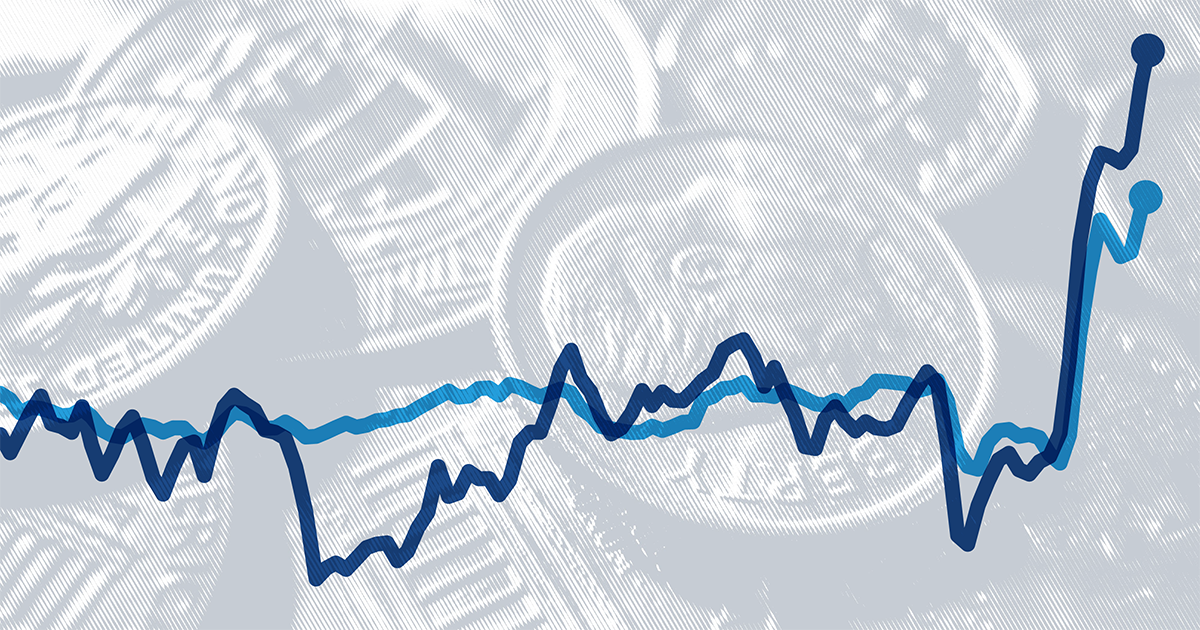Population
Who is the least likely to have a bank account in the US?

Standard of Living
Standard of Living
Adjusted for inflation, that’s $2,526 less than in 2019.
Standard of Living
Compared to 2019, families received more in government assistance and paid fewer taxes due to lower incomes and more tax credits.
Standard of Living
Access to paid family leave more than doubled from 11% in 2010 to 25% in 2022.
Standard of Living
This was due to the loss of wealth in stocks and mutual fund shares, and retirement accounts. Wealth for all groups remains above pre-pandemic levels.
Standard of Living
That’s 7.4% of all US wealth. Real estate is the largest component of middle-class wealth, while home mortgages are the largest liability. The top 20% has more wealth in real estate than the middle class has in total.
Standard of Living
The share of people in poverty remains below the peak of 15.1% hit during the Great Recession. The poverty rate is consistently higher for children under 18 and Black and Hispanic groups than the nation overall.
Standard of Living
Child tax credit payments increased 54%, while COVID-19 payments to individuals and unemployment insurance decreased about 91% compared to FY 2021, as COVID-19 assistance measures expired.
Standard of Living
About 39% or 226,080 homeless people stayed in unsheltered locations in January 2020. (The COVID-19 pandemic limited the Department of Housing and Urban Development's collection of 2021 homelessness data.)
Explore the Big Picture